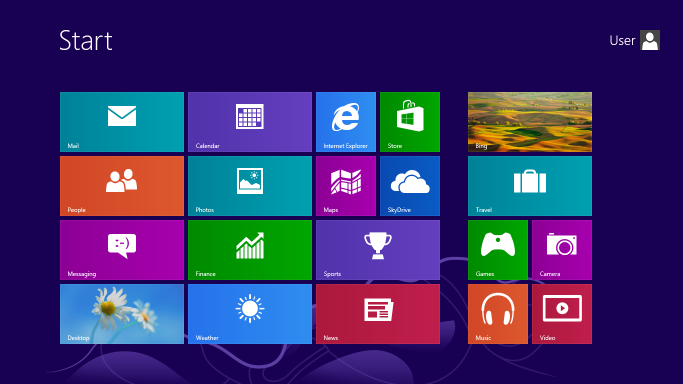Windows 8 is the current release of the Windows operating system, produced by Microsoft
for use on personal computers, including home and business desktops, laptops, tablets, and home theater PCs. Development of Windows 8 started before the
release of its predecessor in 2009. Its existence was first
announced at CES 2011, and
followed by the release of three pre-release versions from
September 2011 to May 2012. The operating system was released to
manufacturing on 1 August 2012, and was released for general
availability on 26 October 2012.[3]
Windows 8 introduces significant changes to the operating system's
platform, primarily focused towards improving its user experience on
mobile devices such as tablets to rival other mobile operating systems like Android and iOS,[4]
taking advantage of new or emerging technologies like USB 3.0,
UEFI firmware, near field communications, cloud computing and the low-power ARM architecture, new security features such as
malware filtering, built-in antivirus capabilities, a new installation process
optimized for digital distribution, and support for secure boot (a UEFI
feature which allows operating systems to be digitally signed to prevent malware from altering the
boot process), the ability to synchronize certain apps and settings
between multiple devices, along with other changes and performance
improvements. Windows 8 also introduces a new shell
and user interface based on Microsoft's "Metro" design language, featuring a
new Start screen with a grid of dynamically
updating tiles to represent applications, a new app
platform with an emphasis on touchscreen
input, and the new Windows Store to obtain and/or purchase
applications to run on the operating system.
| |


No comments:
Post a Comment